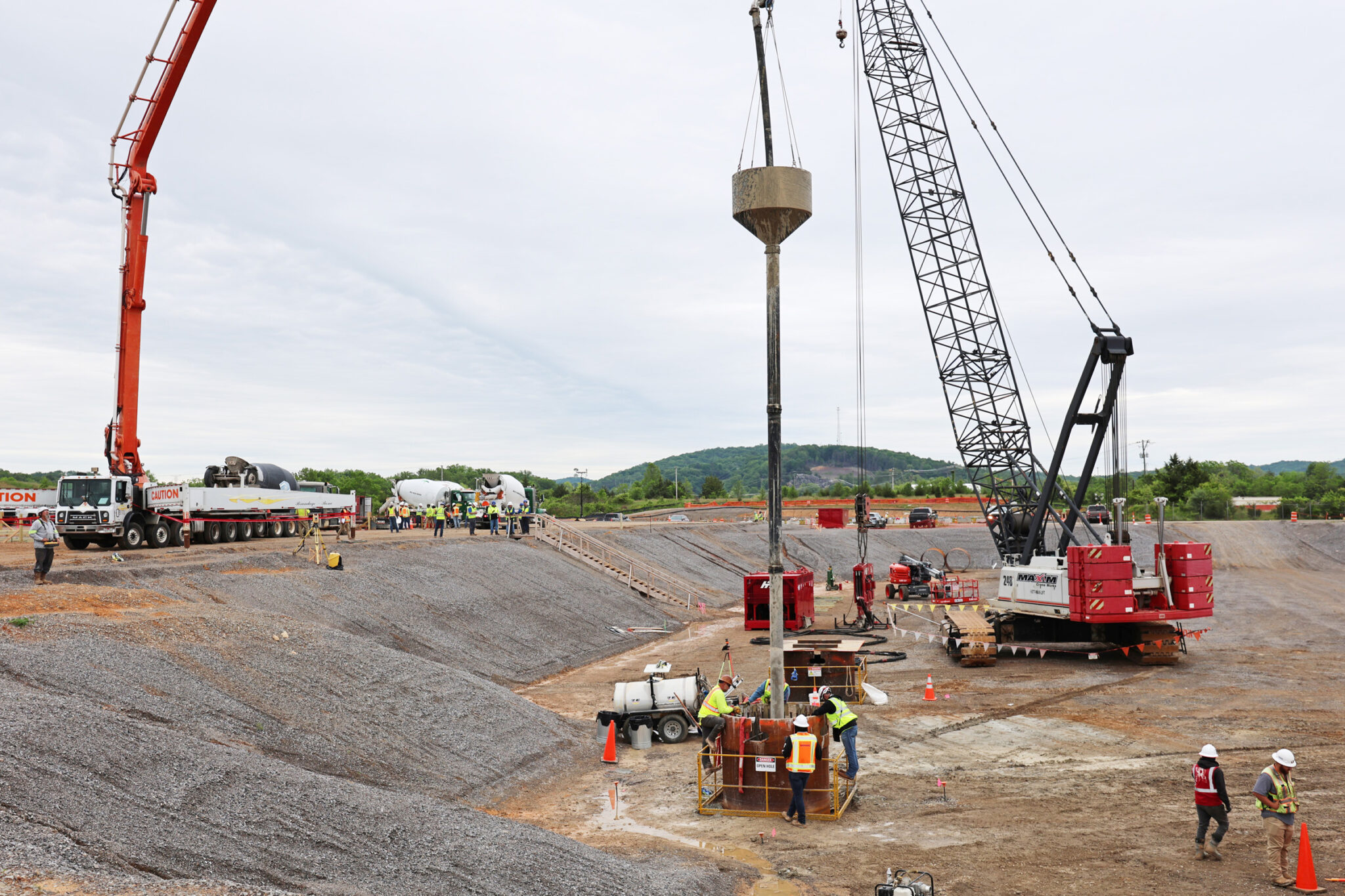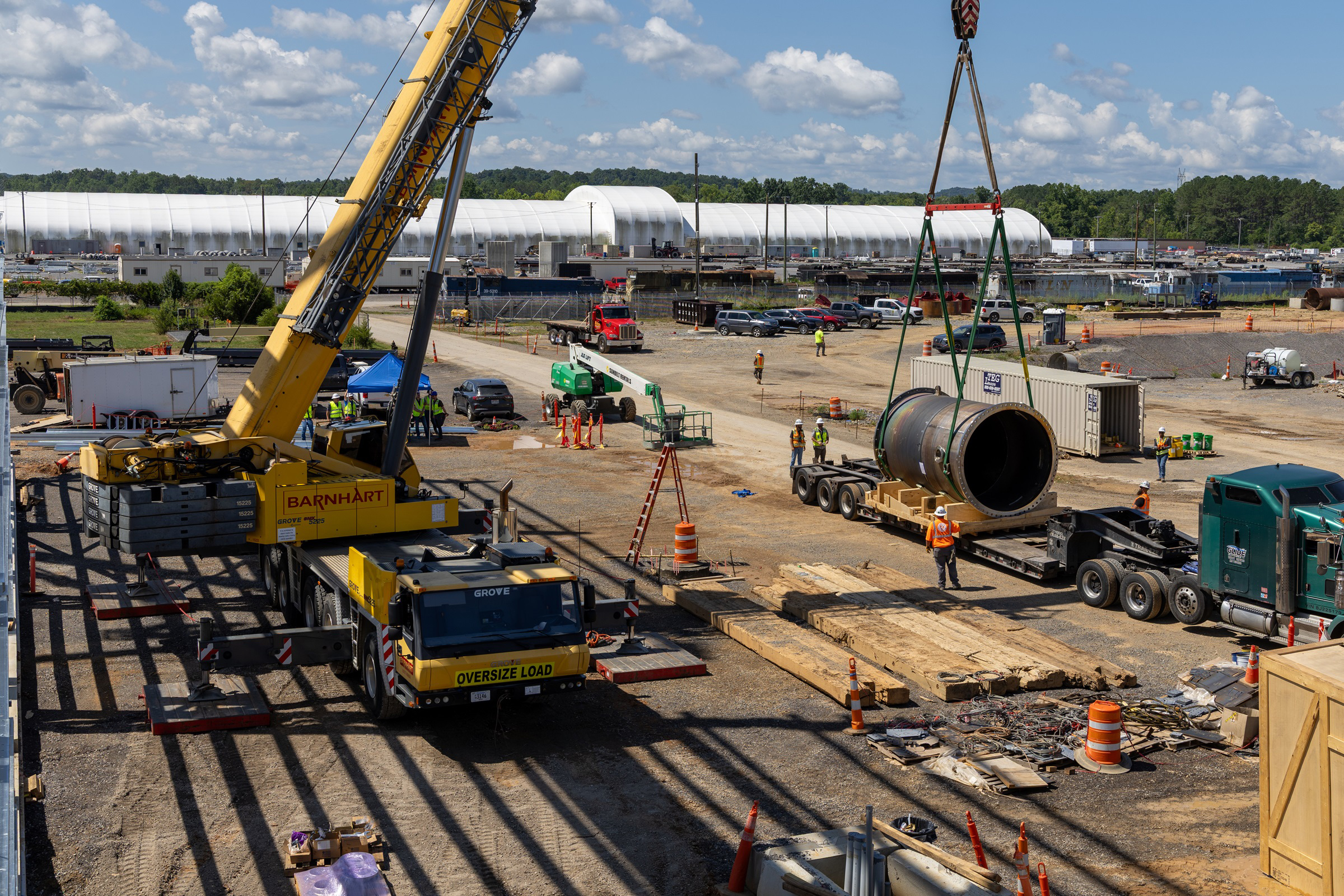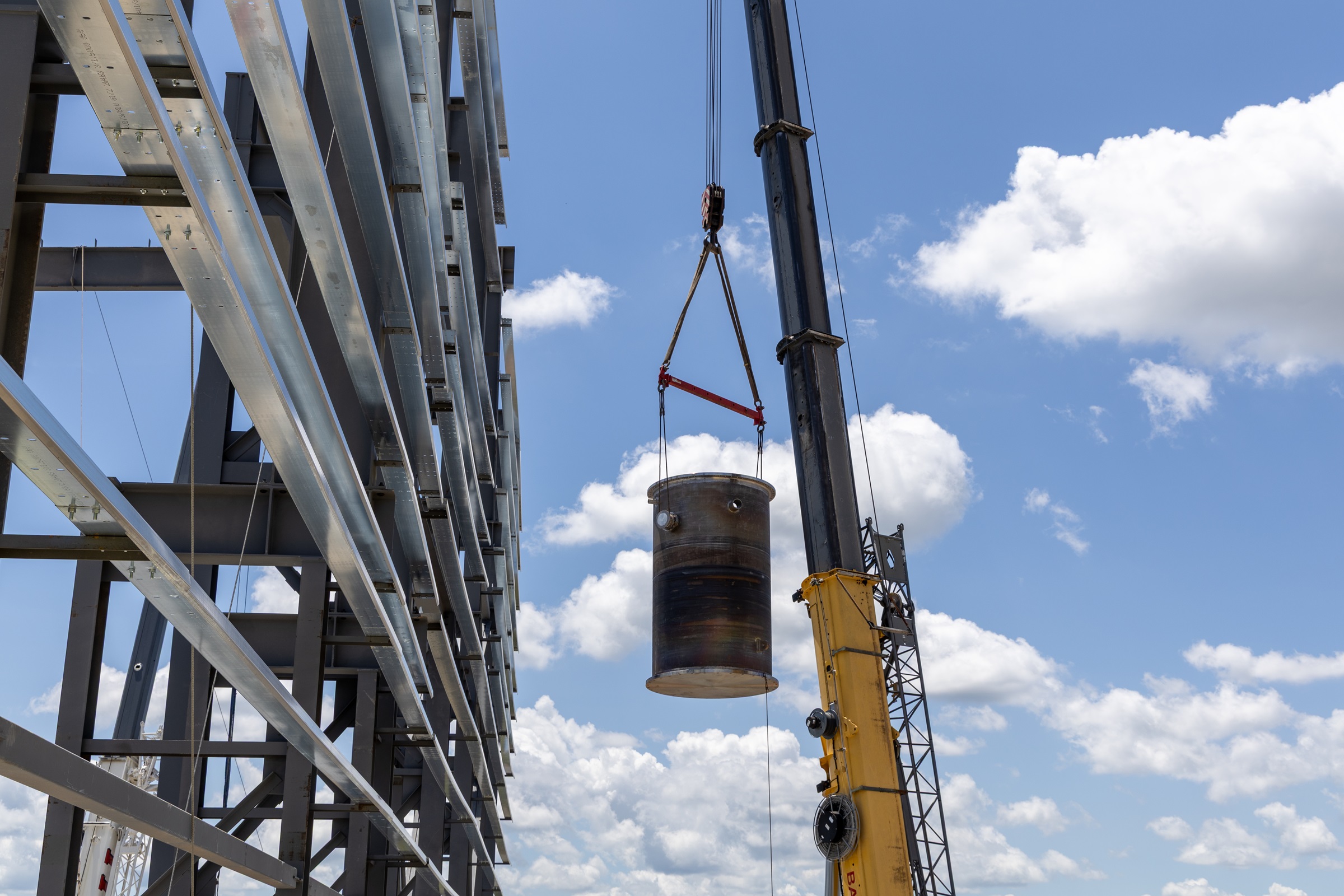Unlocking Resilient, Zero-Carbon Power: Business Impact of Kairos Power’s Molten-Salt SMRs
Enterprises today face unprecedented energy challenges: demand spikes from AI workloads, rising costs from grid congestion, and reputational risk from carbon footprints. Kairos Power’s advanced molten-salt small modular reactor (SMR) technology offers a clear business solution—a 50 MW commercial unit by 2030 delivering dispatchable, zero-carbon power at an estimated $40–50/MWh total cost of ownership, backed by a DOE investment of up to $303 million.
1. Proven Project Timeline & Stakeholder Commitments
Kairos Power broke ground on the Hermes test reactor at Oak Ridge National Laboratory in Q2 2022. Key milestones include:
- Q3 2024: Completion of the first full-scale salt loop to validate fluoride salt coolant circulation at 650 °C.
- Late 2026: Factory delivery of TRISO-based pebble fuel, featuring layered ceramic coatings that contain radioactivity even at 1,600 °C.
- 2027: First criticality demonstration under DOE’s cost-shared program (up to $303 M from DOE, 20% match by Kairos).
- 2030: Commissioning of the first 50 MW commercial plant under a 30-year PPA with Tennessee Valley Authority (TVA) and clean energy credit agreements with Google, which has signaled interest in up to 500 MW by 2035.
2. Business Value: Cost, Reliability, and Carbon Savings
- Competitive Pricing: Targeting $1,200/kW installed capital cost—comparable to utility-scale solar plus battery storage for firm capacity.
- Uptime Guarantee: Passive safety systems (freeze-plug valves, natural convection cooling) drive a 99.9% availability target, minimizing outage penalties (airports face $100,000/hr losses from grid failures).
- Carbon Impact: Each 50 MW SMR offsets ~200,000 tons of CO₂ annually versus natural gas, aligning with corporate net-zero goals and unlocking 24/7 clean energy credits valued at $15–$25/ton.
3. Technical Credibility Translated to Business Outcomes
Molten-salt coolant operates at atmospheric pressure and 600–650 °C, enabling efficient heat transfer and reducing the need for heavy containment structures. TRISO pebble fuel—about the size of billiard balls—encapsulates uranium kernels in four ceramic layers for passive retention of fission products, delivering inherent safety and lower regulatory risk. In a station blackout, the reactor shuts down automatically, and decay heat is removed by gravity-driven salt flow, requiring no external power—a key differentiator for mission-critical sites.

4. Navigating Risks & Regulatory Path
Key risk areas include HALEU (<20% enriched uranium) supply, NRC licensing, and schedule slippage. Kairos forecasts global HALEU availability of ~15 tons by 2029; interim use of 8–12% enrichment can bridge the gap without material performance loss. The two-phase NRC approval process is on track: Design Certification submission in 2025, with a target Certificate by 2028, followed by a Combined Operating License (COL) in 2029–30. Comparable timelines at NuScale (SMR design cert in 2022) indicate feasibility within this window.

5. Comparable Benchmarks
- NuScale’s 77 MWe light-water SMR achieved an NRC design cert in 2022 and targets first unit operation in 2029.
- TerraPower’s Natrium reactor (345 MWe) broke ground in 2023 with $80 M from DOE, aiming for 2032 operation.
These examples underscore investor confidence and help de-risk capital allocations for early adopters.
6. Clear Call-to-Action for Business Leaders
- Quantify 24/7 Clean Energy Needs: Model hourly load profiles for 2028–2035 to ascertain where onsite SMRs outcompete new transmission or peaking gas plants.
- Secure offtake & Incentives: Structure milestone-based PPAs with capacity and energy credits; leverage IRA tax credits (Section 48C and 45X) to reduce net capex by up to 30%.
- Pre-Evaluate Sites: Screen for nuclear zoning, cooling water sources, seismic and grid interconnection capacity; initiate community engagement to accelerate local permitting.
- Build Fuel Supply Resilience: Partner with HALEU suppliers, evaluate interim enrichment strategies, and monitor NRC transport approvals for casks and rail/road routes.
- Integrate Grid Services: Design microgrid controls for black-start capability and ancillary services revenue (frequency regulation can yield $5–$7/kW-month in PJM markets).
By executing these steps now, business leaders can lock in cost-effective, resilient, zero-carbon power—outpacing competitors and future-proofing operations against energy volatility.

Ready to lead in the clean energy transition? Contact Codolie today to explore a tailored SMR feasibility study for your organization.
Leave a Reply